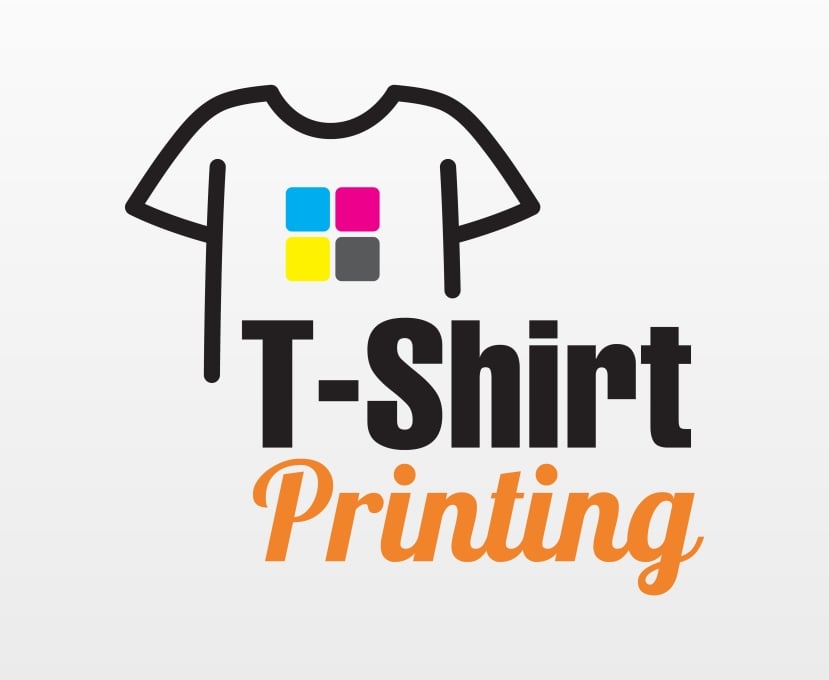T-shirt printing, an age-old method that has evolved into an art type, continues to captivate folks with its capacity to turn a straightforward garment into a canvas for private expression. From bold statements to intricate styles, the globe of t-shirt printing is a dynamic intersection of creativity and technologies, where imagination knows no bounds.
Evolution of T-Shirt Printing: From Basic to Bespoke
The history of t-shirt printing dates back to ancient occasions, when cultures used several solutions to embellish fabrics. On the other hand, it wasn’t until the 20th century that the screen printing strategy revolutionized the world of t-shirt customization. Initially employed for practical purposes such as advertising events and teams, screen printing soon became a well-known suggests of self-expression.
Advancements in technologies brought forth new strategies like heat transfer, direct-to-garment (DTG) printing, and sublimation. Heat transfer requires pressing a design and style onto a fabric using heat, while DTG printing functions like an inkjet printer for apparel. Sublimation, on the other hand, includes transferring ink from a solid to a gas state, creating vivid, all-more than designs.
The Creative Canvas: T-Shirts as Private Billboards
T-shirts have turn into individual billboards, displaying all the things from political affiliations and favorite bands to quirky quotes and abstract art. This wearable kind of expression enables men and women to communicate their identities, beliefs, and passions with no saying a word.
Custom t-shirt printing has also identified its spot in companies, events, and branding. Corporations use branded t-shirts to foster team spirit, make brand awareness, and even market place solutions or services. Events and gatherings frequently function custom t-shirts as memorabilia or uniforms, building a sense of unity and identity amongst participants.
The Intersection of Art and Technology
T-shirt printing is not only about artistic designs but also the science behind the process. Choosing the correct fabric, ink, and printing strategy is important to attaining the preferred results. Advances in ink technologies have led to extra sustainable and vibrant printing possibilities, reducing the environmental influence of the sector.
Designing for t-shirt printing needs an understanding of color theory, composition, and how diverse printing approaches interact with fabrics. Digital tools have created this approach more accessible, enabling artists and designers to experiment and refine their creations ahead of bringing them to life on fabric.
Challenges and Innovations
Regardless of its widespread popularity, t-shirt printing faces challenges such as achieving intricate facts on fabric, color accuracy, and ethical issues associated to the production process. On the other hand, these challenges have spurred innovation. Sustainable and eco-friendly printing procedures have gained traction, addressing environmental issues. Innovations in ink formulations have also led to a lot more durable and wash-resistant prints.
DIY Culture and Entrepreneurship
The accessibility of t-shirt printing technology has given rise to a DIY culture and entrepreneurial opportunities. Men and women can now get started their personal small-scale t-shirt printing enterprises with minimal investment. On the web platforms provide customizable templates and printing services, permitting any person to turn their styles into marketable solutions.
Conclusion
T-shirt printing stands as a testament to human creativity and ingenuity. From yoursite.com as a utilitarian practice to its existing status as a potent type of self-expression, the journey of t-shirt printing has been a captivating 1. As technology continues to evolve and sustainable practices obtain prominence, the art and science of t-shirt printing are poised to leave an even additional colorful mark on the globe of style and personal branding. So next time you slip on your favorite graphic tee, remember that it’s not just a piece of cloth – it’s a canvas that tells a story.
